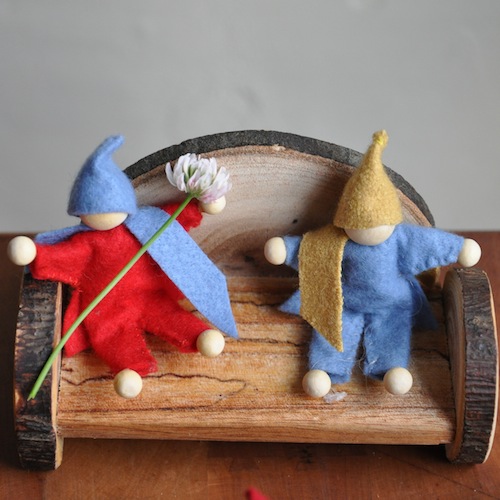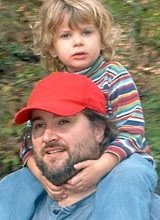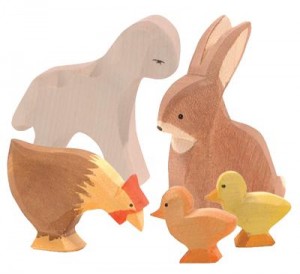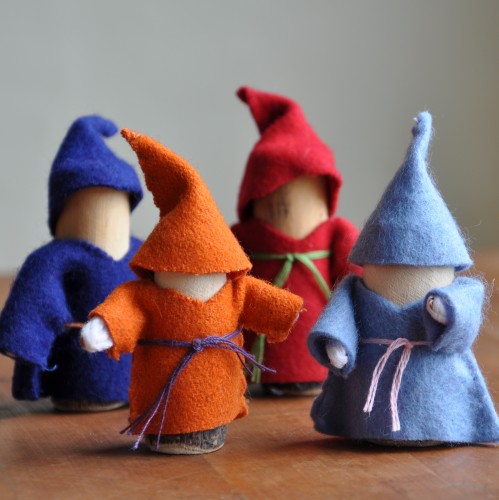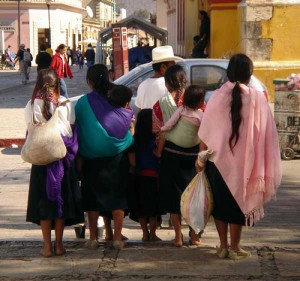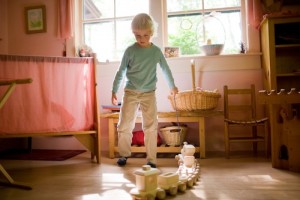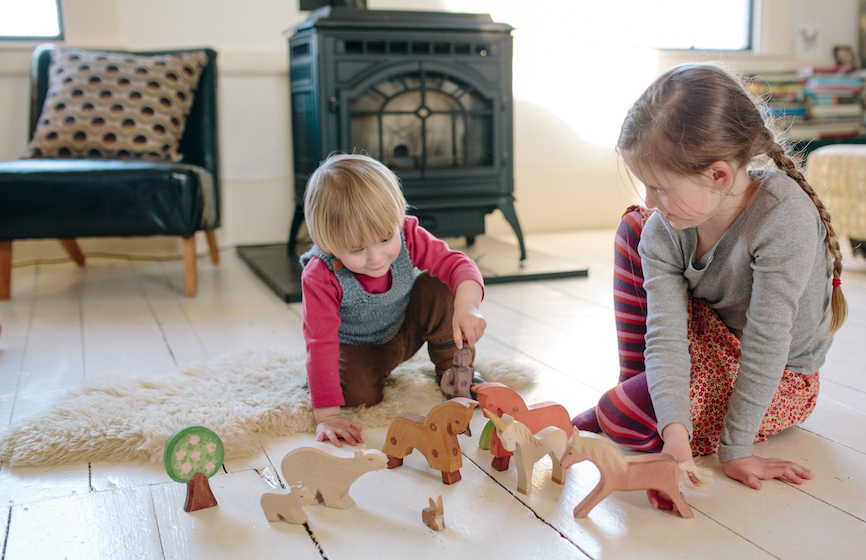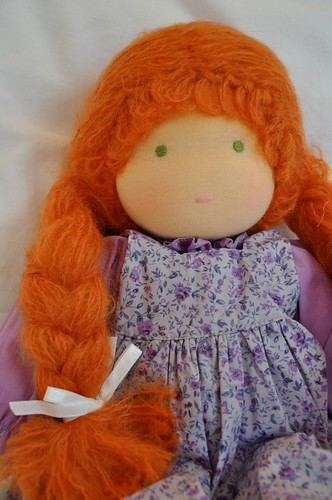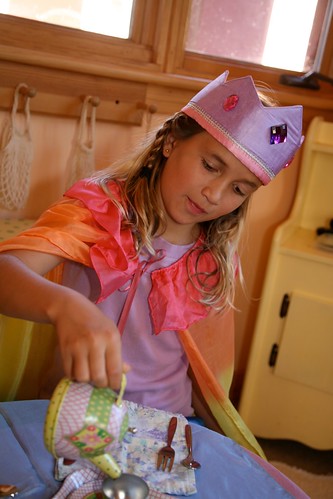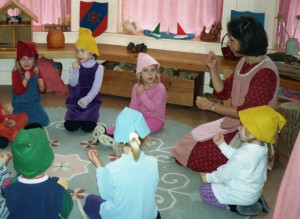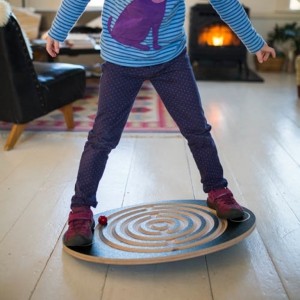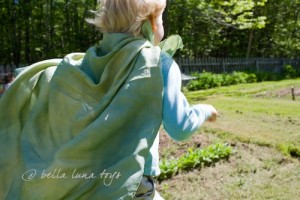One year ago, I was ready to take a break from teaching. I felt a need to spend more time at home with my family (ever hear the expression “Waldorphans?” Those are the children of Waldorf teachers), and I was yearning for a way to put my knowledge and experience to work in a new way. I made the bold decision to resign from my position as a Waldorf early childhood teacher, not knowing what would come next.
It seems that no sooner had I made the decision than I learned that Bella Luna Toys was for sale. I had long been aware of Bella Luna Toys as a wonderful online resource for wooden, natural and handmade toys, inspired by Waldorf education. The idea of working from home, selling the kinds of toys I loved and believed in would be an ideal situation for me. I was excited by the possibilities of using the website, not only to sell beautiful and unique toys that would inspire creative play, but also to share my experience and knowledge.
Then I got cold feet. I learned about the recently passed the Consumer Product Safety Improvement Act (CPSIA), which in its noble mission to prevent dangerous toys from being imported into the US, was written in such a limiting and restrictive way that it threatened to put many small toymakers in the U.S., Canada and Europe out of business. Since most of the suppliers of the toys sold by Bella Luna Toys are made by indvidual woodworkers, crafters and small businesses, I worried about whether I would be able to sell the kinds of toys I wanted to. I nearly abandoned my dream of becoming the new owner of Bella Luna Toys.
Before I raised the white flag, someone suggested I call Dan Marshall, founder of the Handmade Toy Alliance and owner of Peapods Natural Toys and Baby Care in St. Paul, Minnesota. I called the store and Dan picked up the phone. He spoke to me for a long time. I learned about the important work that the HTA is doing to amend the language of the current laws in order to allow small batch manufacturers of handmade toys to continue producing the heirloom, natural and handcrafted toys that we all believe in and love. Dan probably doesn’t remember our conversation, but he convinced me that this is a great business to be in, in spite of the challenges. Knowing that there were such committed, caring business owners like Dan and the other board members of the Handmade Toy Alliance gave me the courage to follow my heart and take a chance with Bella Luna Toys.
In 2007, large toy manufacturers who outsource their production to China and other developing countries violated the public’s trust. They were selling toys with dangerously high lead content, toys with unsafe small parts, toys with improperly secured and easily swallowed small magnets, and toys made from chemicals that made kids sick. Almost every problem toy in 2007 was made in China.
The United States Congress rightly recognized that the Consumer Products Safety Commission (CPSC) lacked the authority and staffing to prevent dangerous toys from being imported into the US. So, they passed the Consumer Product Safety Improvement Act (CPSIA) in August, 2008. Among other things, the CPSIA bans lead and phthalates in toys, mandates third-party testing and certification for all toys and requires toy makers to permanently label each toy with a date and batch number. All of these changes will be fairly easy for large, multinational toy manufacturers to comply with. Large manufacturers who make thousands of units of each toy have very little incremental cost to pay for testing and updating their molds to include batch labels.
For small American, Canadian, and European toy makers, however, the costs of mandatory testing, to the tune of up to $4,000 per toy, will likely drive them out of business. And the handful of larger toy makers who still employ workers in the United States face increased costs to comply with the CPSIA, even though American-made toys had nothing to do with the toy safety problems of 2007. Toy makers won’t be the only ones impacted by the CPSIA, the thousands of US businesses who offer clothing, jewelry and other gifts for children –in essence– the entire children’s industry will be as well.
The authors of the CPSIA simply forgot to exclude the class of toys that have earned and kept the public’s trust. The result, unless the law is modified, is that handmade and small batch children’s products will no longer be legal in the US. The Handmade Toy Alliance represents these toy makers, manufacturers, importers and retailers. We actively lobby the House of Representatives and the Senate for CPSIA reform and also serve as a collective voice to the CPSC. Thriving small businesses are crucial to the financial health of our nation. Let’s amend the CPSIA so that all businesses large and small are able to comply and survive!

Bella Luna Toys is proud to be a business member of the Handmade Toy Alliance. Please become a fan of the HTA on Facebook, and visit their website at http://www.handmadetoyalliance.org to learn how you can support their work to keep handmade toys legal in the U.S.
Do you love handmade toys? Leave a comment here professing your love! Do you have a blog? Then please join me in spreading awareness of the Handmade Toy Alliance and add a post to support HTA’s first annual Blog Week!

